Ready-to-drink (RTD) beverages represent a rapidly growing segment in the beverage industry. Given their convenience and versatility, these novel alcoholic drinks have gained significant traction amongst consumers. However, venturing into RTD production does not come without its unique challenges and opportunities.
The journey from concept to shelf in the RTD market is often complicated. Factors such as managing federal excise tax obligations, understanding the complexities of distribution, ensuring quality control, choosing the right packaging, complying with TTB reporting, acquiring permits and meeting labeling requirements all pose significant challenges. Despite these hurdles, the potential rewards in terms of increased market share and revenue growth make it an ideal venture for bev-alc businesses.
With careful planning and a deeper understanding of the production process, it can be easy to make a smooth and profitable transition into the RTD market. Whether you are a burgeoning start-up looking to make a splash or a seasoned winery, brewery or distillery considering product line expansion, this guide will equip you with all the necessary knowledge for successful RTD production.
1. Recipe Development
When planning to add RTDs to your product line, the first step is to decide whether to use spirits, a high-quality neutral grain spirit (NGS), malt or wine as a base for your RTD recipe. There are pros and cons to each, and the base you choose can affect the desired flavor profile of your final product.
Spirits, with their diversity of flavors and intensities, could provide an interesting foundation for your RTDs. Whisky-based RTDs could appeal to consumers seeking a bold flavor profile, whereas gin- or vodka-based RTDs might be more suitable for those who prefer something lighter.
On the other hand, high-quality NGS could serve as an excellent base due to its neutral taste. This provides a blank canvas that allows other ingredients, like fruit juices or botanicals, to shine.
Malt-based RTDs can be more cost efficient for producers, and are the standard base for hard seltzers, hard teas and hard kombucha. While the raw material costs are cheaper than other bases, it can be difficult to mask the unique flavor of a malt base in beverages.
Another alternative RTD base is wine, typically made from fermented fruit peels or grape skins, which can provide a neutral flavor profile much like an NGS. Wine-based RTDs do have an advantage over some bases in that a production license is easier to obtain, and the products can be sold in more locations than a spirits-based beverage.
Finding the Right Recipe Mix
Developing an RTD recipe involves numerous considerations beyond the alcohol base. Firstly, one must consider the flavor profile. This could range from fruit-forward offerings like strawberry daiquiri or mango margarita to more natural or herbal offerings like a Moscow mule or a mojito.
Avoiding artificial flavors and sweeteners is another significant consideration, especially since many consumers today prioritize natural, clean-label products. Brands like Barr Hill’s canned gin and tonic feature house-made, natural ingredients with no extracts or artificial flavors, appealing to health-conscious drinkers.
Another important factor involves determining the optimal alcohol content which depends largely on the drinking habits and preferences of your target consumers. Rancho La Gloria Ranch Water seltzer, by example, only contains 5% alcohol by volume (ABV), making it a low-alcohol choice appealing to those seeking a lighter option.
From a practical viewpoint, it’s worth considering trial batches and taste testing before full-scale production. These trial runs can help fine tune the recipe and ensure end-product quality. While developing an RTD recipe, keep in mind that the goal is to create a well-balanced, delicious beverage that not only appeals to your customers' palates but also aligns with your brand's values and identity.
2. Production and Quality Control
After addressing the difficult process of recipe development, the focus should return inwards, specifically to production and quality control, the twin pillars that can make or break your RTD product's success in the market. The path to a successful product involves setting rigorous standards and maintaining consistency in production.
Ensuring consistent quality in RTD production
Product consistency is fundamental to brand recognition and customer loyalty in the spirits industry. Consistency in an RTD product denotes that every can or bottle from every batch meets the set quality benchmarks and lives up to the brand expectations of your customers.
Achieving such consistency demands a well-optimized production process. From sourcing high-quality ingredients for your recipes to carefully controlling fermentation and blending processes, every step matters.
Steps for implementing effective quality control measures
Implementing effective quality control measures in RTD production starts with setting clear, measurable standards for each stage of the production process. These standards should be based on your recipe parameters and product specifications.
The next step is routine monitoring and testing to ensure these standards are being met. This could include testing samples from each batch for parameters like ABV, pH levels and carbonation levels, among others.
Regular cleaning and maintenance of the production equipment should be prioritized to prevent any cross-contamination or process deviations. Also, having corrective measures and protocols in place for when deviations occur can ensure swift action and minimal impact on product quality.
The role of software tools in maintaining production standards
Increasingly, RTD producers are realizing the advantages of employing software tools for quality control and ensuring consistency. Services like RTD production software or beverage management software can help streamline and automate many aspects of the production process.
Software tools can be used for real-time tracking of production parameters, predictive maintenance of equipment, managing batch records and providing traceability, among others. And if your operations also include production of spirits, wine or beer, you can run two editions of beverage production software tailored to your specific needs.
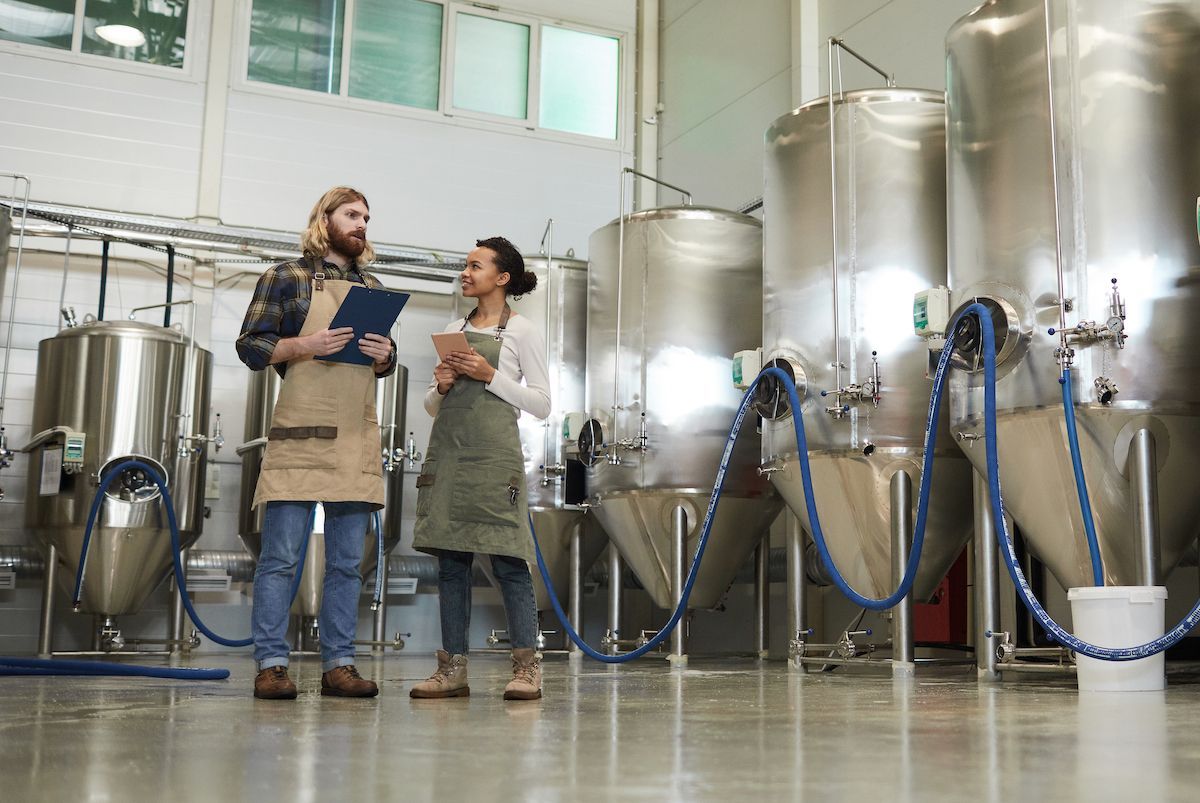
3. Government-Regulated Labeling Requirements
Well-designed labels play a double role; they draw the consumer’s attention on store shelves and convey crucial information about the product. The Alcohol and Tobacco Tax and Trade Bureau (TTB) prescribes specific requirements concerning RTD labeling that are specific to the type of base used. Basic label requirements include clearly indicating the class and type of alcohol, net contents, alcohol content (ABV) and health warnings. The brand name, trade name and place of production also need to be mentioned prominently.
Navigating label approval can be complex but keeping informed about TTB regulations and being meticulous in your label design can streamline the process considerably. Ensuring full TTB compliance not only helps avoid legal repercussions but also builds trust with consumers. Explicit and precise labeling helps consumers make informed decisions, fostering trust in your product and brand.
4. Importance of Packaging
An often underappreciated aspect of bringing an RTD product to the market is beverage packaging. As the first physical touchpoint between your product and the consumer, packaging can significantly influence consumer perceptions and purchasing decisions.
Choosing between cans and bottles: Pros and cons
When it comes to RTD alcohol beverages, the choice typically boils down to cans and bottles. Both have their unique advantages and drawbacks.
Cans are often seen as more casual and contemporary. They are lighter, easier to transport and quicker to chill. They also completely block light, ensuring the freshness of the drink. However, cans may not be suitable for certain beverages as they can sometimes alter the taste, especially for products with a higher pH level.
Bottles, on the other hand, are able to accommodate a wider range of beverage types without impacting taste. They also have a higher perceived value, lending a premium feel to the product. However, bottles are generally more expensive, heavier and more fragile than cans.
Impact of packaging choice on production process
The choice of packaging can also impact your production process. Different filling, sealing and labeling machines may be required based on whether you choose cans or bottles.
Depending on the packaging format, you may need to adjust your product's formulation. For instance, products packaged in clear glass bottles may require certain adjustments or additional ingredients to maintain product stability and color.
5. Marketing and Branding
In the competitive landscape of the RTD market, having a top-notch product alone isn't enough. A compelling marketing and branding strategy can help you stand out from the competition, resonate with your target audience and effectively drive sales of your RTD product.
Strategies for marketing your RTD product
When marketing your RTD product, it's essential to have a crystal clear understanding of who your target customers are and what they value. Are they millennials searching for convenience and novelty? Or perhaps they are health-conscious consumers seeking low-calorie, low-sugar options? Fine-tuning your marketing efforts to meet your target customers' needs can significantly enhance their impact.
Promoting the unique features of your RTD product can also distinguish it from competition, whether that's natural ingredients, extraordinary flavor profiles or sustainable production and packaging.
Leveraging social media platforms can provide cost-effective and efficient ways to reach a wide audience, especially millennials and Gen Z consumers who are key audiences for the RTD market. Cocktail recipe videos using your RTDs on platforms like Instagram or TikTok can get users excited about your product, and drive more sales for your organization.
Collaboration with influencers can also be an effective means to enhance your brand's reach and recognition. Brands like Truly Hard Seltzer have successfully harnessed this strategy, collaborating with influencers to create authentic and relatable content. Check out our recent piece on 2023 Alcoholic Beverage Industry Marketing Trends for more ideas.
6. Distribution
Once your RTD product is conceptualized and produced, the next critical phase is distribution. Understanding how to navigate this landscape is essential to ensuring your product finds its way into the hands of consumers.
Understanding the complexities of distribution
Unlike other industries where manufacturers can sell directly to retailers or consumers virtually anywhere, the bev-alc industry operates under tighter restrictions that are managed state by state. For most bev-alc products in the U.S., shipping is not available direct to consumer, and distribution operates by a three-tier system. The producer or importer (first tier) sells to wholesalers or distributors (second tier), who then sell to retailers (third tier), before the product finally reaches the consumer.
This system presents certain challenges, and it's not always easy to find the right distributor who is willing and capable of effectively marketing your product. Moreover, each state has its own rules and regulations regarding how distribution is managed, adding another layer of complexity to the process.
Determining your distribution strategy
There are several approaches to consider when developing your distribution strategy. Introducing your product in select test locations is a useful way to gauge market response and adjust your strategy accordingly before rolling it out on a larger scale. Large urban centers or areas known for adopting new alcoholic drinks could be ideal test locations.
Using existing relationships can also be beneficial. If you've previously worked with distributors for other products or brands, reaching out to them can help you expand your distribution network for your new RTD product.
Key distribution questions to consider before production
Before you begin production, here are some critical questions to answer:
- Do you have the capacity to meet potential demand in your target markets?
- What is your plan for ensuring inventory management and product delivery?
- How will you handle product returns and quality control issues post-distribution?
While distribution might seem an uphill task, a well-informed strategy can simplify the process. By understanding the complexities of distribution, determining your strategy and addressing key questions beforehand, you can successfully distribute your RTD products to your intended markets.
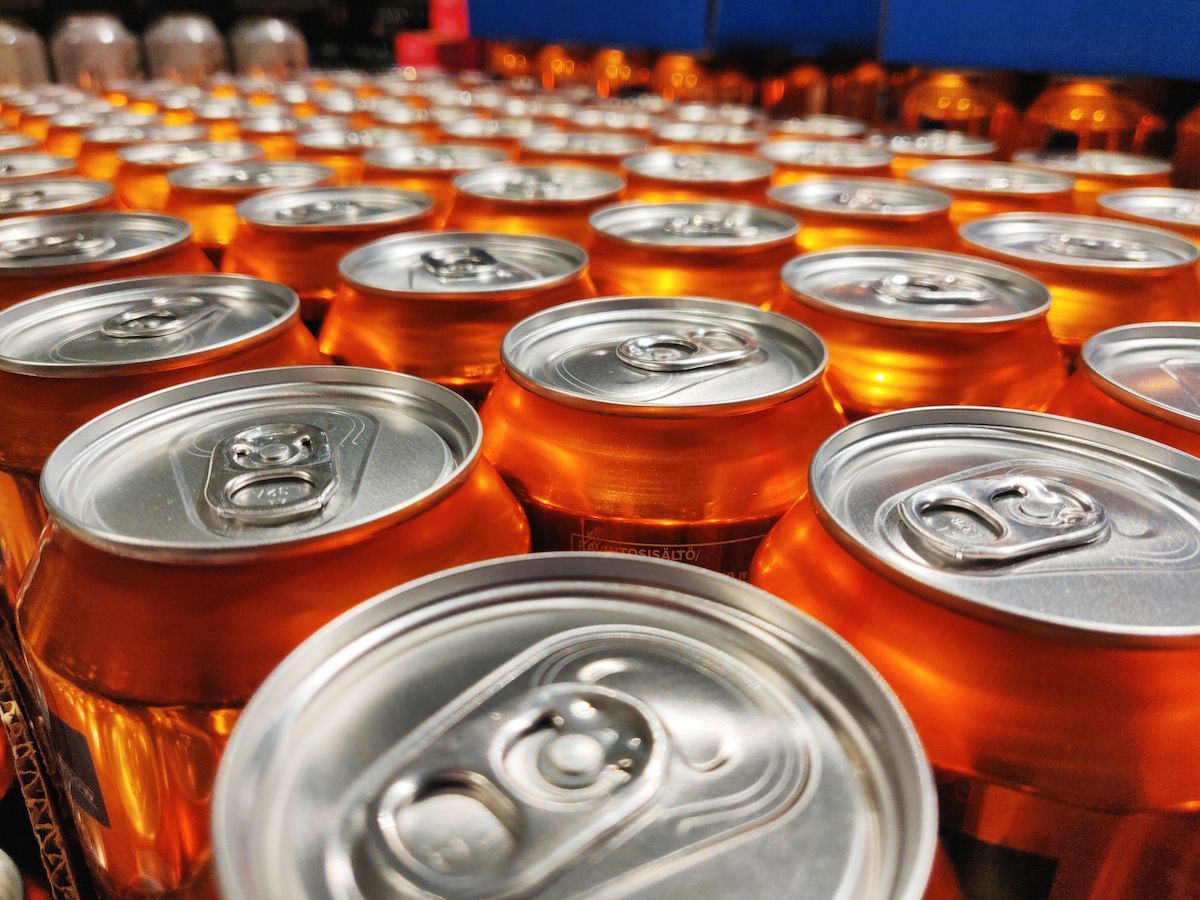
7. Federal Excise Tax
One of the challenges you must confront when launching RTD beverages involves dealing with federal excise taxes. These taxes, which are levied on specific products or services, are imposed at the time of production or sale rather than at the retail point of purchase.
Understanding the federal excise tax obligations for RTD products
For producers of RTD beverages, the federal excise tax rates vary depending on the type of base used and their alcohol content. Under TTB regulations, beer is taxed at a lower rate than distilled spirits. Therefore, RTDs made with malt or brewed bases may have different tax obligations compared to those made with distilled spirits.
Such differences in taxation could ultimately affect your product's pricing, distribution strategy and overall profitability. Moreover, the tax landscape is continually evolving with regulatory changes. Therefore, comprehensive understanding and constant updating of your knowledge in this aspect is crucial.
8. TTB Reporting
An essential part of commercial RTD production involves adhering to regulations set by the TTB, the federal agency that oversees the beverage industry in the U.S. This includes accurately reporting all aspects of your production activities to TTB on a regular basis.
Importance of compliance and accurate TTB reporting
Accurate TTB reporting is not just a legal requirement, but it also plays a vital role in managing your federal excise tax obligations. Discrepancies in TTB reporting could lead to costly fines, audits or even suspension of operating permissions.
The reporting process includes maintaining records of the type and quantity of ingredients used, the volume of product produced, details of packaging and distribution data, among other information. Additionally, these records must be kept for a minimum of three years.
Using software tools like Crafted ERP for managing compliance
Given the intricate nature of TTB reporting, leveraging software tools can significantly simplify the process. As purpose-built beverage industry software, Crafted ERP offers native features that streamline the reporting process, including the automation of tedious tasks like tracking ingredient usage, maintaining production records and generating necessary reports for TTB compliance.
When it comes to TTB reporting, accuracy, consistency and timeliness are paramount. Automated systems reduce the risk of manual errors, ensure data consistency and save valuable time that can be utilized for core business operations.
9. Permits
Another crucial step in embarking on RTD production involves obtaining the necessary permits. These licenses ensure you are operating within legal boundaries and are adhering to industry standards and regulations.
An overview of required permits for RTD production
To execute RTD production and sales, you need to secure several specific permits at both federal and state levels based on the type of RTD you produce. Applying for permits involves submitting detailed information about your proposed operations, equipment, leadership personnel and premises. Importantly, the TTB must approve your facility before operation commences.
Parallel to federal permits, miscellaneous state license requirements vary significantly and depend on numerous factors like production capacity, method of distribution and local laws. Additionally, depending on whether you plan to import your raw materials or not, you might require an importer’s permit.
10. Navigating Consumer Trends
Understanding the dynamic and evolving consumer trends is critical when launching your RTD product. The RTD market landscape is significantly shaped by consumer preferences, which can change rapidly and are influenced by factors such as lifestyle, demographic changes, health consciousness and economic conditions.
With the rise of health-conscious consumers, there has been a notable shift towards low-calorie, low-sugar and low-alcohol RTDs. Brands that have recognized and adapted to this trend have been able to position themselves favorably in the market.
There's also a growing preference for premium, artisanal and craft RTDs, particularly among millennial and Gen Z consumers. Emphasizing high-quality, natural ingredients, unique flavor profiles and artisanal production methods can therefore help cater to this market segment.
Sustainability is another important consumer trend to consider. From environmentally-friendly packaging to ethical sourcing of ingredients, consumers are increasingly choosing brands that demonstrate a commitment to sustainability.
Leveraging consumer research
Consumer research can help you identify these trends and understand how they can be applied to your product development and marketing strategies. Conducting regular market research, analyzing sales data, tracking social media trends and staying informed about industry news and developments can provide valuable insights into current and emerging consumer trends.
Are You Ready to RTD?
Launching an RTD product line is an exciting venture that opens doors to a rapidly growing market segment. However, it requires meticulous planning and careful execution, with a range of factors to consider - from recipe development and production to distribution and marketing, as well as navigating regulatory obligations and understanding consumer trends.
By being well-prepared and informed, you can ensure your transition into the RTD market is smooth and profitable. Remember, success in the RTD market is not just about having a high-quality, tasty product, but also about understanding your target audience, keeping up-to-date with industry trends and effectively communicating your brand story and values.
Having the right partner in place to help you navigate the transition to a new product type is paramount. Whether you are a winery, brewery or distillery looking to expand into a new beverage type, Crafted ERP is poised to help. Our product is developed by bev-alc industry experts who understand and can navigate the complex world of beverage manufacturing. Ready to RTD?
Contact us today.
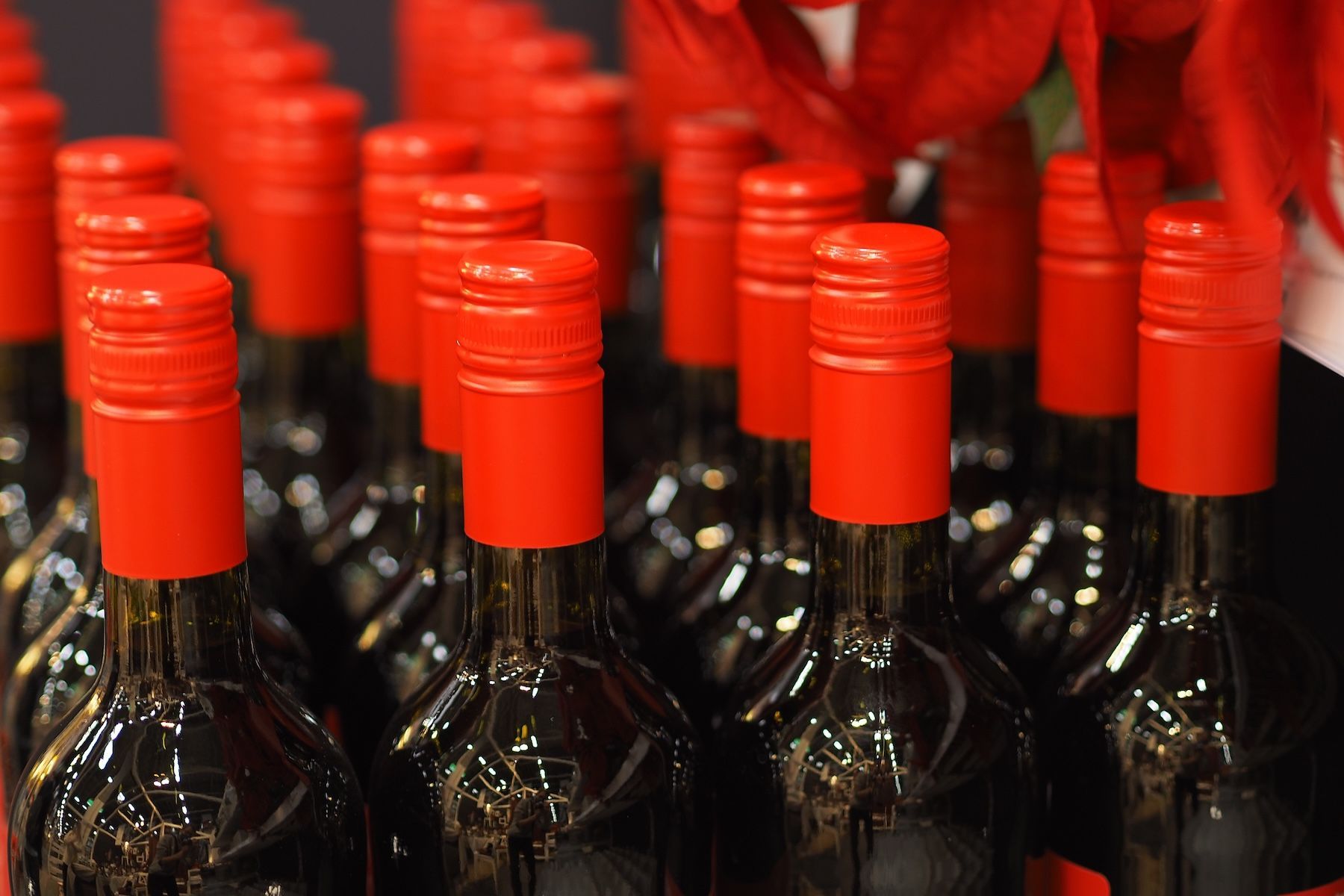
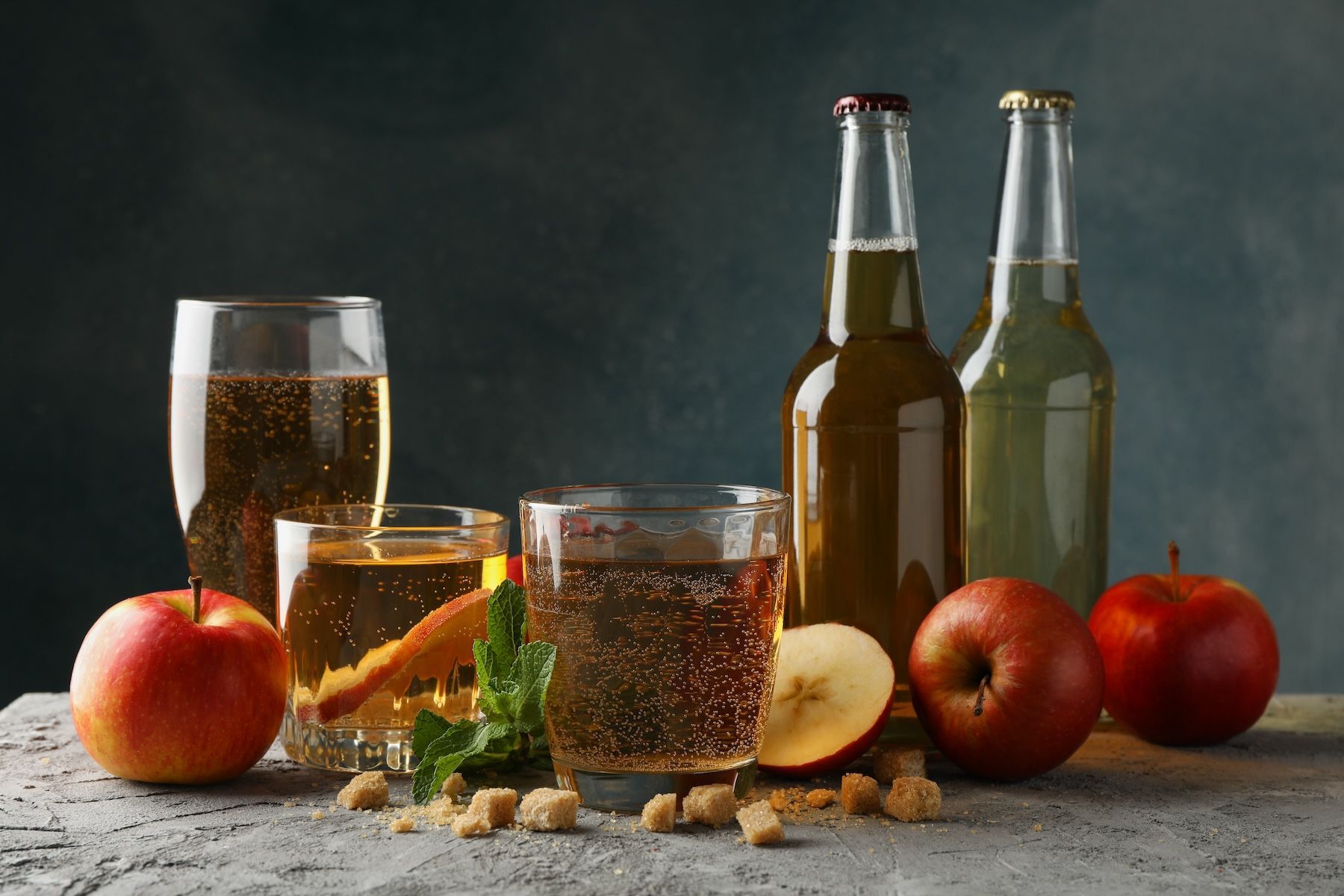


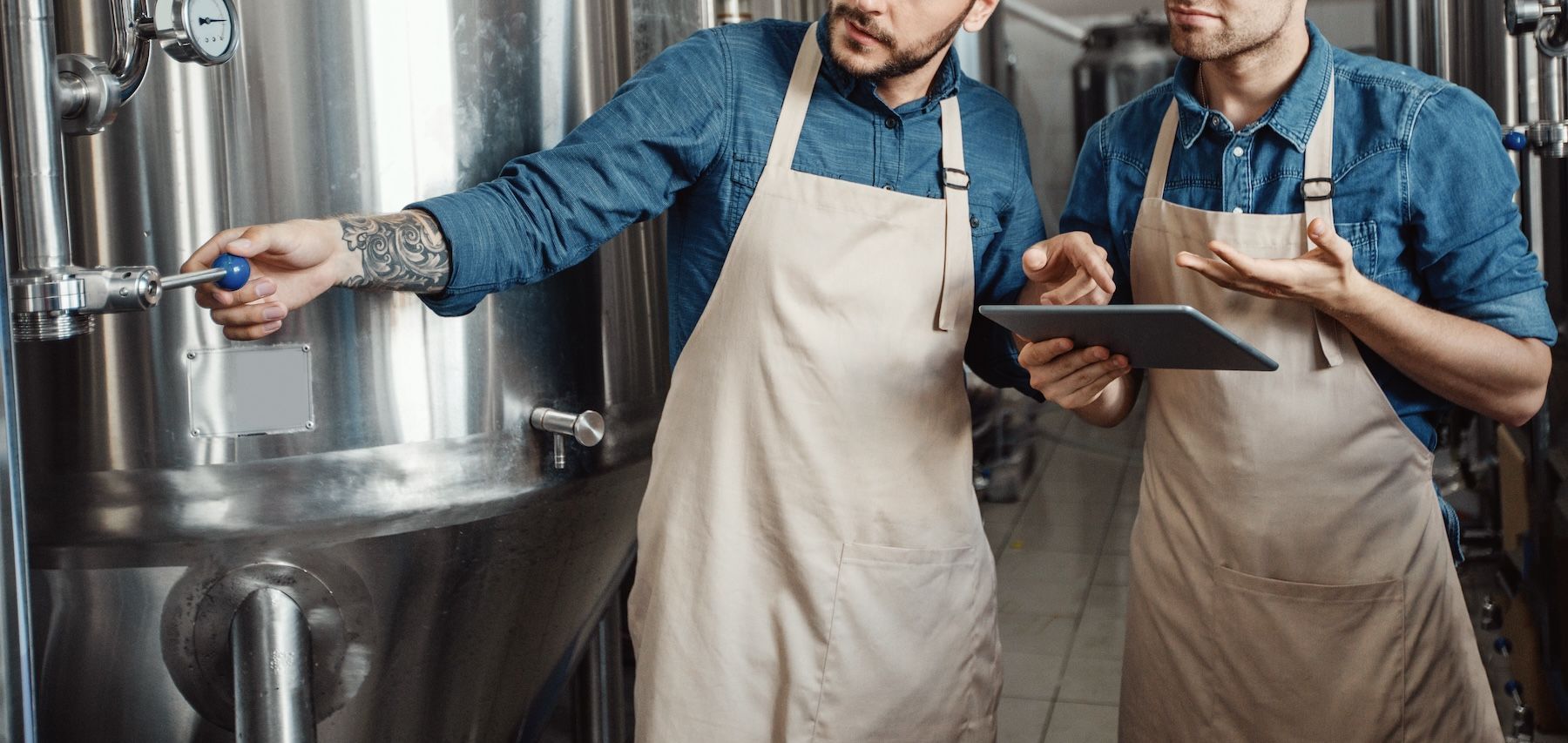

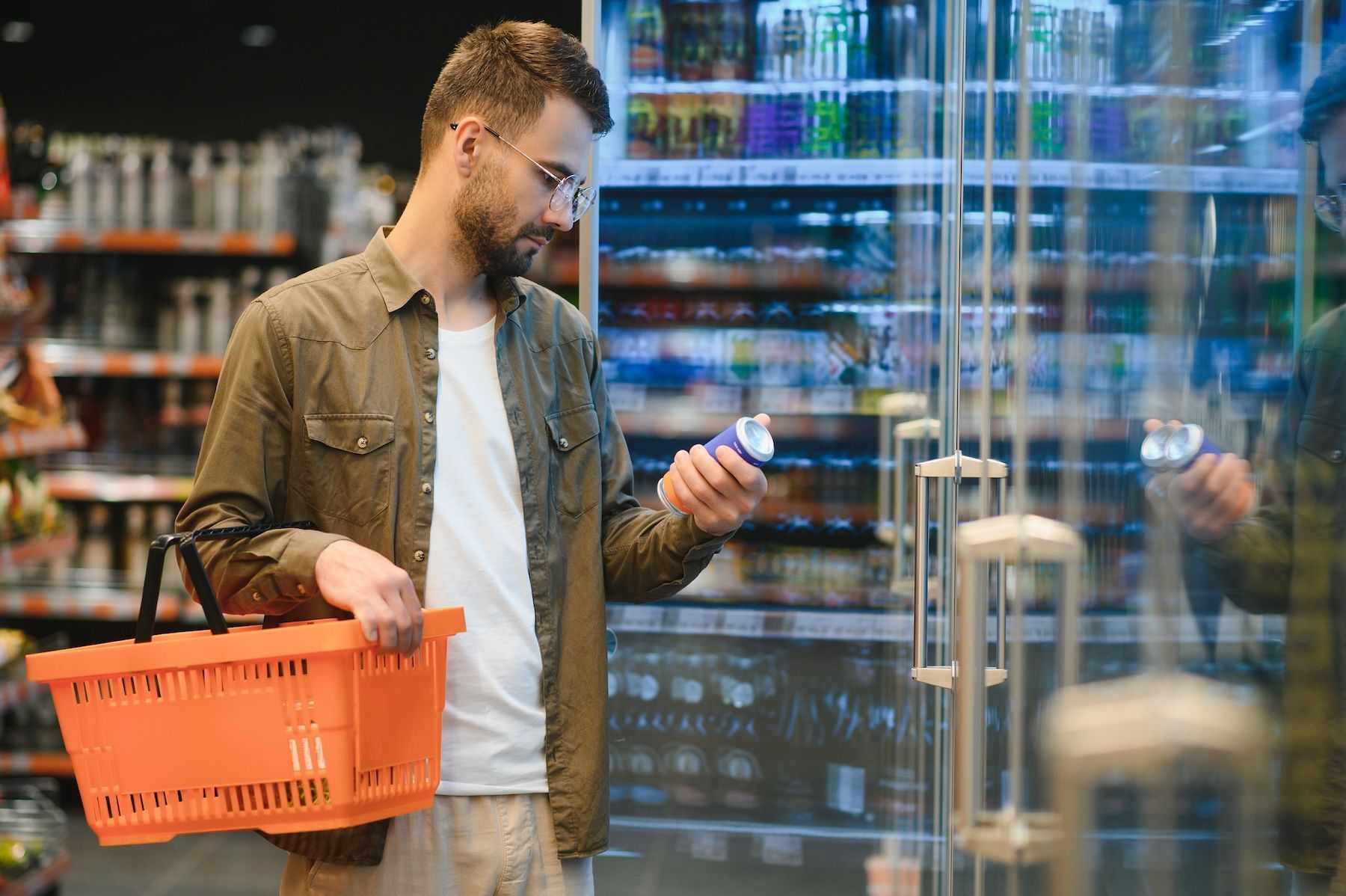

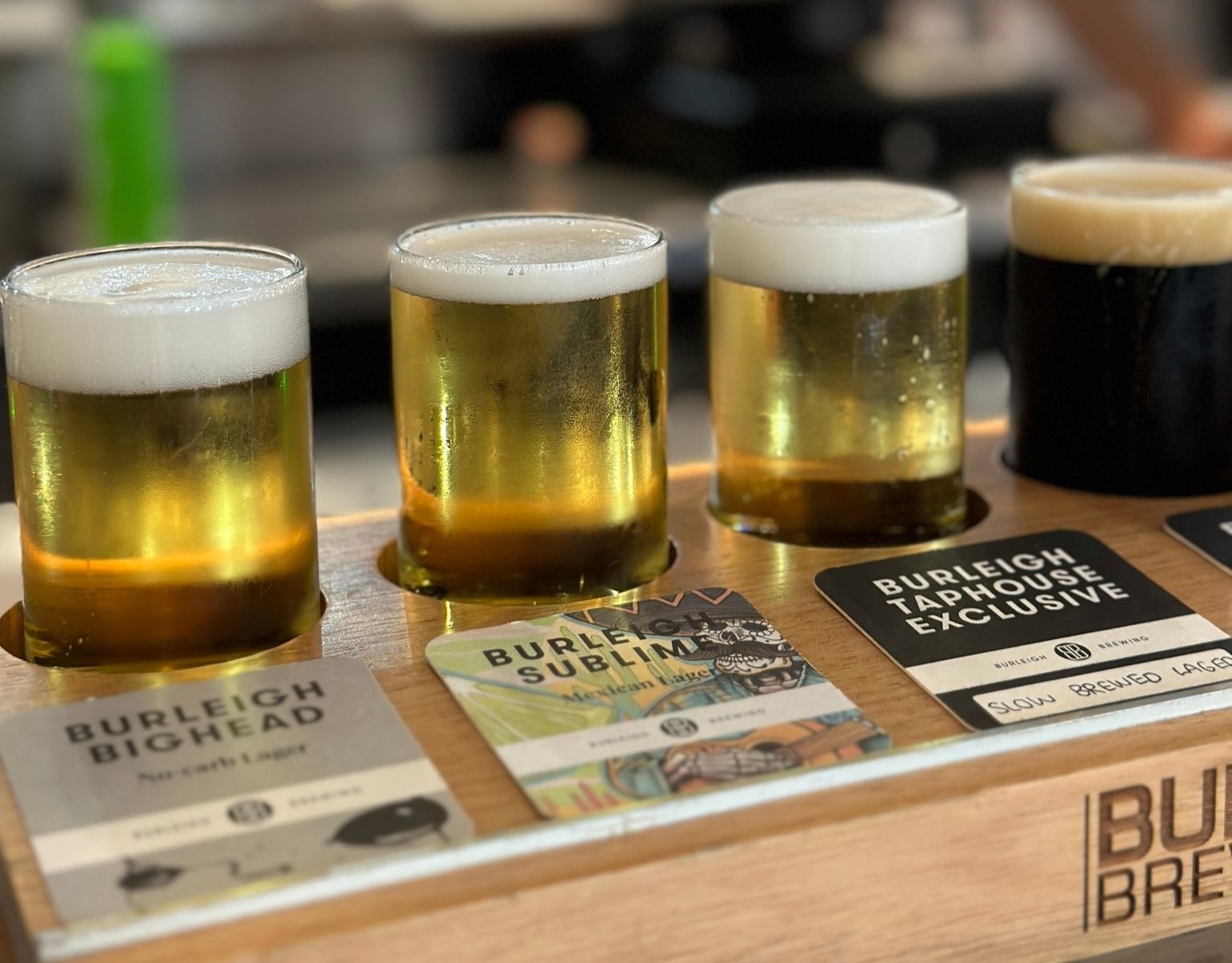
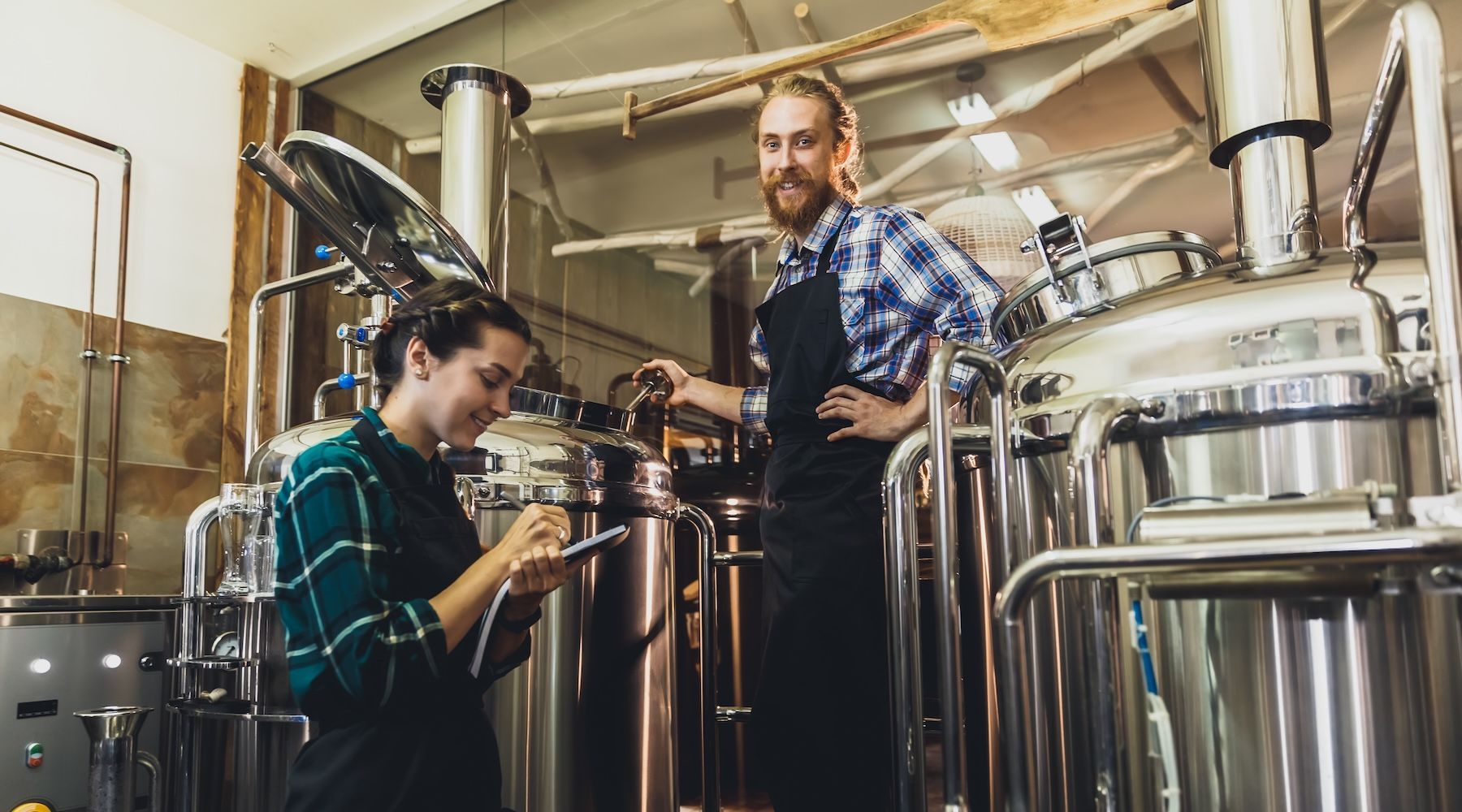
GET IN TOUCH
1512 Larimer Street, Suite #150
Denver, CO 80202
United States
(720) 699-0200
66 Goulburn Street
Sydney, NSW, 2000
Australia
+61 2 9044 1330

